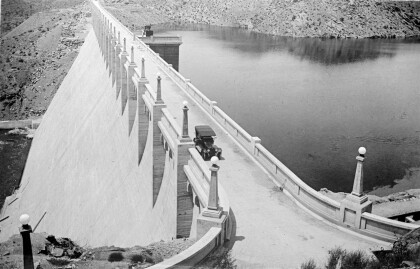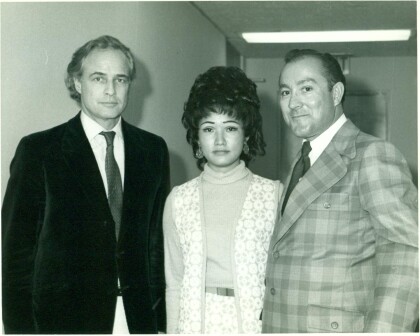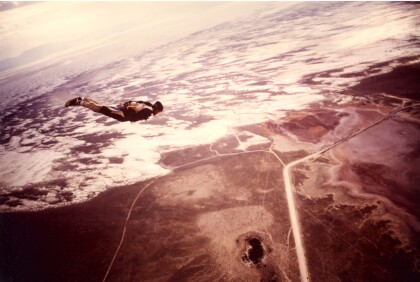Reportar esta entrada
Más sobre la misma comunidad-colección
J. J. Armes, Chuck Norris, J. J. Armes III
J. J. Armes, Chuck Norris, J. J. Armes III in the year 1985. ...
Marlon Brando, Linda Armes y J.J. Armes
J. J. Armes, Linda Armes, and Marlon Brando. I had met Marlon ...
Outside of Adobe Home - Circa - 1900
Girls in front of adobe structure and water pump. Note the bird ...
Espectáculo de Danza de la C. I. A.
Rosa Guerrero dancers performing for the CIA - Washington, D.C. ...
Skydiving promo for Nabisco over White Sands, NM
Allowed access to take off from Holloman AFB in Alamogordo, ...
End of skydive over White Sands, NM
Skydiver tracking away from formation after a jump by White ...






























Comentarios
Hacer un comentario